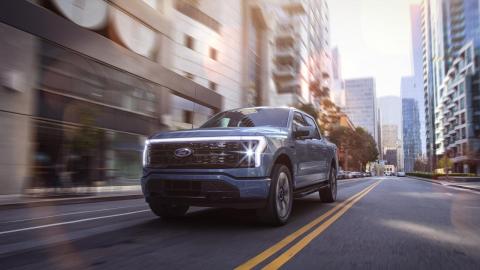Half of EVs tested fell short of advertised range, says CR study
Range is much more important when you’re far from home and away from reliable charging.
Consumer Reports has released the results of another study evaluating the advertised vs real-world range of EVs. As per the new study testing the highway range of EVs, CR found that half the electric vehicles in their test fleet offered less real-world range than what was advertised by the brand. Reports mentioned that for the study, CR considered 22 different EVs from the USA, Korea, Japan & Germany.
Jake Fisher, Senior Director of CR’s Auto Test Centre, stated, “Real-world comparative tests are critical to understand if an EV is right for you. That’s why we purchase our vehicles like a consumer would and drive them at highway speeds like a consumer would on a road trip.”
Alex Knizek, Manager, Auto Testing & Insights, CR, stated, “Range is much more important when you’re far from home and away from reliable charging. If you run out of charge on the highway, you may need to be towed, which could be both inconvenient and costly.” He further added, “Even if the car indicated zero miles of range, we didn’t stop driving until the car came to a stop. Then we brought the car to a charger on a flatbed.”
As per the study, the Ford F-150 Lightning had the biggest difference between its rea-world & EPA-estimate ranges. The F-150 Lightning ran out of charge at 370 miles – 50 miles less than advertised. Lucid Air Touring had the second biggest difference, falling short of its EPA estimate by 40 miles. Rounding off the top 3 was the Tesla Model S Long Range whose real-world range came up to 366 miles – 39 miles less than advertised.
However, the CR study also mentioned a few EVs that outperformed their advertised range. Top of this list was the Mercedes-Benz EQE 350 4MATIC, which offered 72 miles of additional real-world range than what it advertises. The BMW i4 and iX also offered 47 and 46 miles more than their advertised range, respectively.
Source: Read Full Article


